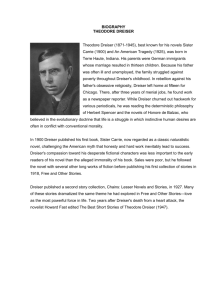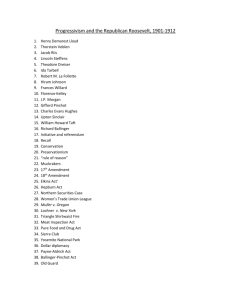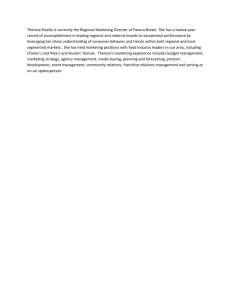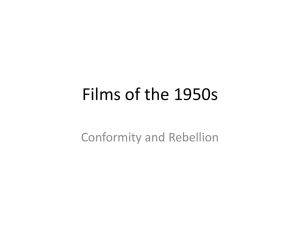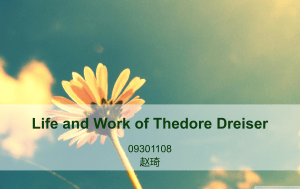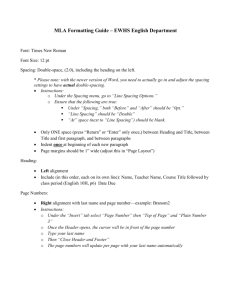View a formal project. If possible, submissions should
advertisement
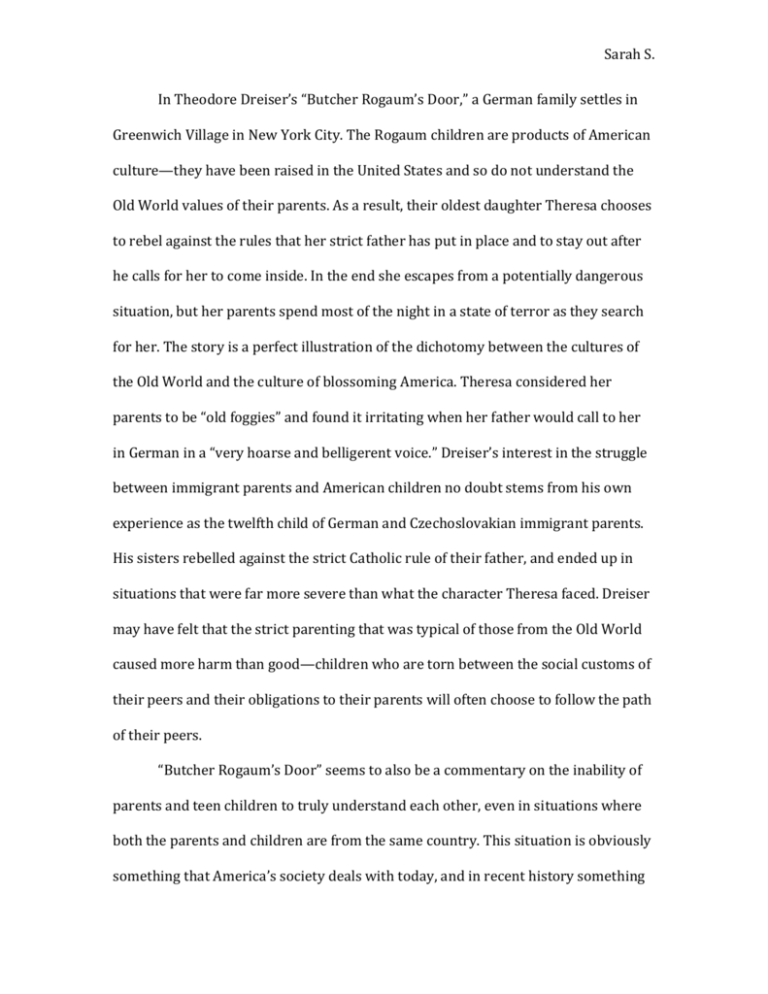
Sarah S. In Theodore Dreiser’s “Butcher Rogaum’s Door,” a German family settles in Greenwich Village in New York City. The Rogaum children are products of American culture—they have been raised in the United States and so do not understand the Old World values of their parents. As a result, their oldest daughter Theresa chooses to rebel against the rules that her strict father has put in place and to stay out after he calls for her to come inside. In the end she escapes from a potentially dangerous situation, but her parents spend most of the night in a state of terror as they search for her. The story is a perfect illustration of the dichotomy between the cultures of the Old World and the culture of blossoming America. Theresa considered her parents to be “old foggies” and found it irritating when her father would call to her in German in a “very hoarse and belligerent voice.” Dreiser’s interest in the struggle between immigrant parents and American children no doubt stems from his own experience as the twelfth child of German and Czechoslovakian immigrant parents. His sisters rebelled against the strict Catholic rule of their father, and ended up in situations that were far more severe than what the character Theresa faced. Dreiser may have felt that the strict parenting that was typical of those from the Old World caused more harm than good—children who are torn between the social customs of their peers and their obligations to their parents will often choose to follow the path of their peers. “Butcher Rogaum’s Door” seems to also be a commentary on the inability of parents and teen children to truly understand each other, even in situations where both the parents and children are from the same country. This situation is obviously something that America’s society deals with today, and in recent history something Sarah S. that this generation’s parents or aunts and uncles dealt with during the cultural revolution of the 1960s and 70s. Though the cultural differences today may not be as drastic as the culture difference between early 1900s Germany and the United States, there is still a significant difference between the 1950s and today, or even the 1980s and today (partly because of the technology boom). Dreiser does an excellent job of illustrating how these differences can cause strain within families and of showing what the consequences could be if families refuse to respect such differences.
